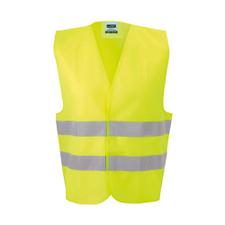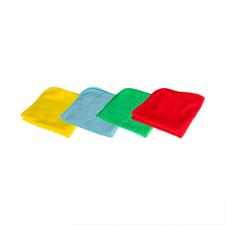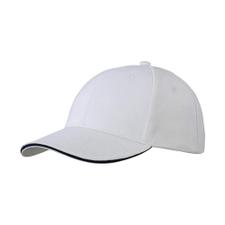Transfer Printing
Transfer printing is named after the fact that each motif is printed on an intermediate medium and then transferred to the desired print material. Different printing techniques can be used for this purpose. Transfer printing is therefore not a printing process in its own right, but refers to a group of processes that are used in a specific way. The production of transfer prints is similar to that of stickers. However, when transferred to an object, the ink or paint is detached from the intermediate carrier.The most common techniques of transfer printing, which is also conducted here at VKF Renzel, is digital and screen print heat transfering. Digital print heat transferring involves digitally printing a design onto transfer printing paper using either inkjet or laser printers. The print is then transferred to the target material using heat and pressure. Screen print heat transferring is similar to the digital method of transfer printing, but instead of digitally printing onto the intermediate medium, the printing method is done by screen printing.
Digital Heat Print Transfer Method
The first steps when creating a design with this kind of printing is to create the design. This can be done digitally with graphic design software and can include anything the customer can image. For example a customer can choose to create an image or graphics. Text or a combination of any type of elements can be created to heat print transfer. The main important thing for these digital designs is that they are either in a vector format or in a very high resolution format to ensure that the print is sharp and clear.
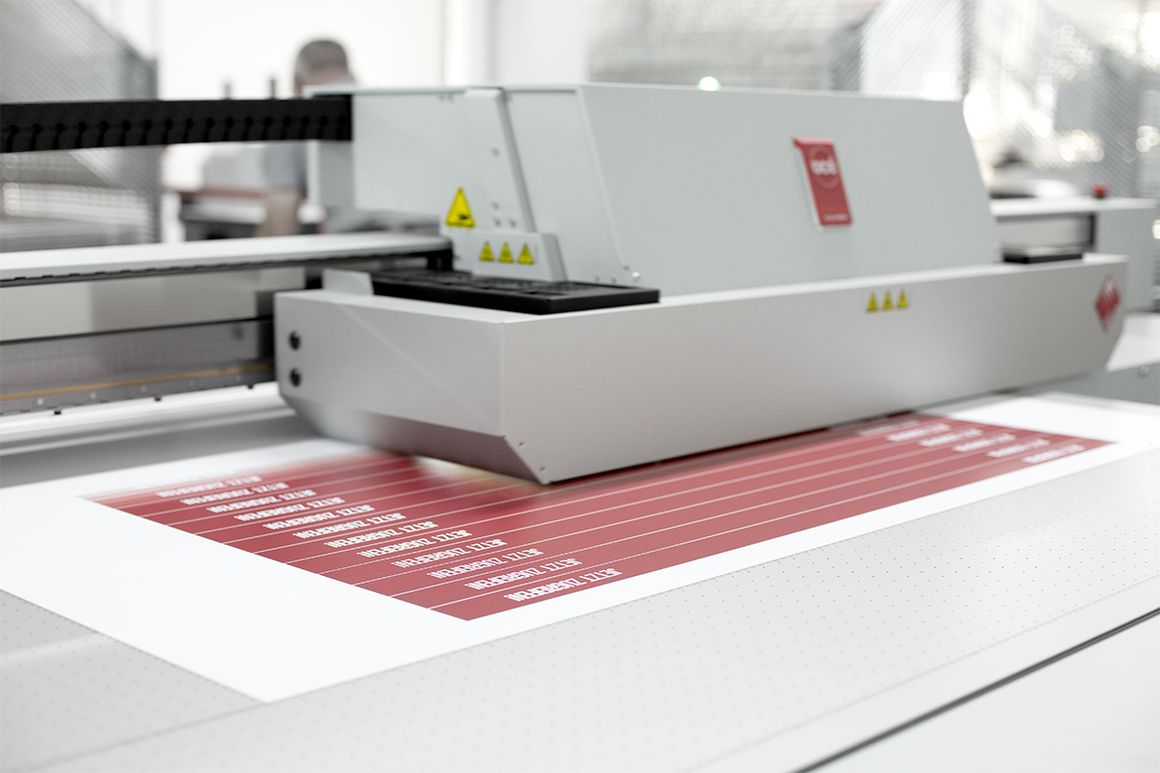
The next steps of digital print heat transfer is the digital printing of the design that was created in the first step onto special heat transfer paper. This is done with a digital printer using either inkjet or laser technology. The type of ink used for the printing is also typically formulated for optimal adhesion to different surfaces. This is so that the pattern or design stays on the desired medium for as long as possible.
Before the design can be transferred onto its new surface, the material must be prepared to secure the best adhesion. The way the surface is prepared is by cleaning the surface, ironing it so there are no wrinkles, and removing any loose fibers or contaminates. All of these steps will ensure the best material surface to receive the printing of the design as well as maximum adhesion.
Before the design can be transferred onto its new surface, the material must be prepared to secure the best adhesion. The way the surface is prepared is by cleaning the surface, ironing it so there are no wrinkles, and removing any loose fibers or contaminates. All of these steps will ensure the best material surface to receive the printing of the design as well as maximum adhesion.
Screen Print Transfer Method
The process of transfer printing with screen printing starts off a little differently. First, a design is made by creating a stencil or design on a fine mesh screen, which is then stretched over a frame. The design that is created and transferred onto the screen is used to block out certain areas from the paint application. A special paint is then spread evenly over the screen, pushed through the mesh with a squeegee, and transfers the design to the intermediate material.
The different layers of colour are “baked” and dried until the final layer of paint to be adhered to the material comes. Before the last layer is put through a heat process to dry, a powder adhesive agent is sprinkled over the wet paint. The printed design can be sent through the oven one last time to dry and for the adhesive powder to bind. After it comes out it is then ready to be transferred to the desired material with heat and pressure.
The different layers of colour are “baked” and dried until the final layer of paint to be adhered to the material comes. Before the last layer is put through a heat process to dry, a powder adhesive agent is sprinkled over the wet paint. The printed design can be sent through the oven one last time to dry and for the adhesive powder to bind. After it comes out it is then ready to be transferred to the desired material with heat and pressure.
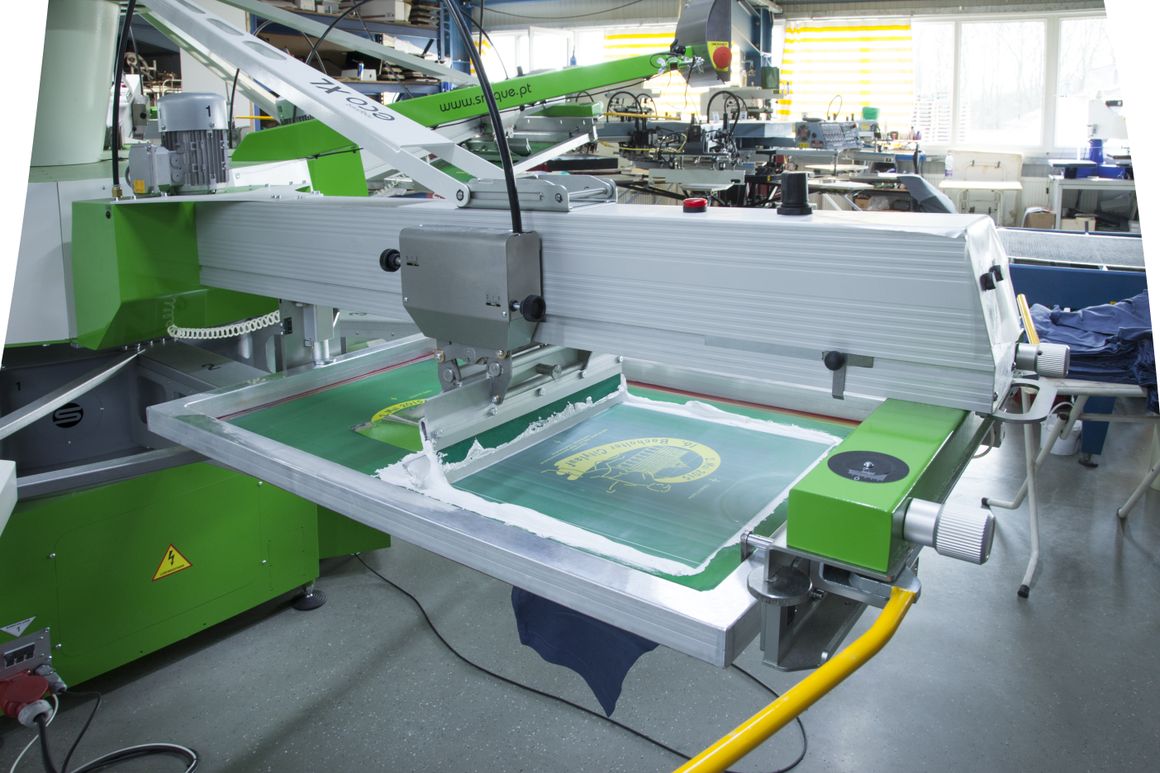
Setting up the Heat Press Machine
After the surface has been prepared the heat press machine can be set up to whatever setting necessary for the project or order being done. Depending on the type of transfer material or paper being used, the machine might need to have its temperature, timer or pressure controls adjusted to certain settings.After your machine is set up to the liking of your project being done, the transfer paper placement can be made. The design is accurately placed face down onto the material. Once the transfer paper is placed in the correct position on top of the material, the heat press machine can be closed. The heat plate within the machine heats, applies heat and pressure evenly to the transfer paper and material, and that heat and pressure activates the ink to move from the transfer paper to the desired material. The ink then bonds with the surface of the material until the vibrant design or graphic is permanently part of the finished product.
Now that the design has adhered to the material and is no longer part of the transpfer paper, the paper can be peeled back. Depending on the transfer paper, some need to be peeled away from the product while still hot and others need to first be cooled before peeling. After the transfer paper has been peeled you now have the digitally printed design permantly fused to the material!
Cost Effective
High Quality Images
Durable and Versatile
Easy Customisation
Advantages of Heat Transferring Printing Processes
- cost effective
- vibrant images
- easy customisation
- durable and versatile
- consistency
Screen print transfer method is also a printing process that can produce vibrant images in a consistent reproduction across multiple prints. With screen printing, specialty inks such as metallic, fluroescnet, glow in the dark, and thermo changing colours can be used to create unique visual effects. Like digital heat transfer printing, this form of transfer printing is also durable and versatile. Because screens have to be made and set up, the screen print transfer method is cost effective for larger production quantities.
Some of our Transfer Printed Products
In our textile production, materials of various designes are transfer printed. These include many different kinds of products ranging from clothing, bags, and more. Check these products out and browse our shop to find exactly what you are looking for!

